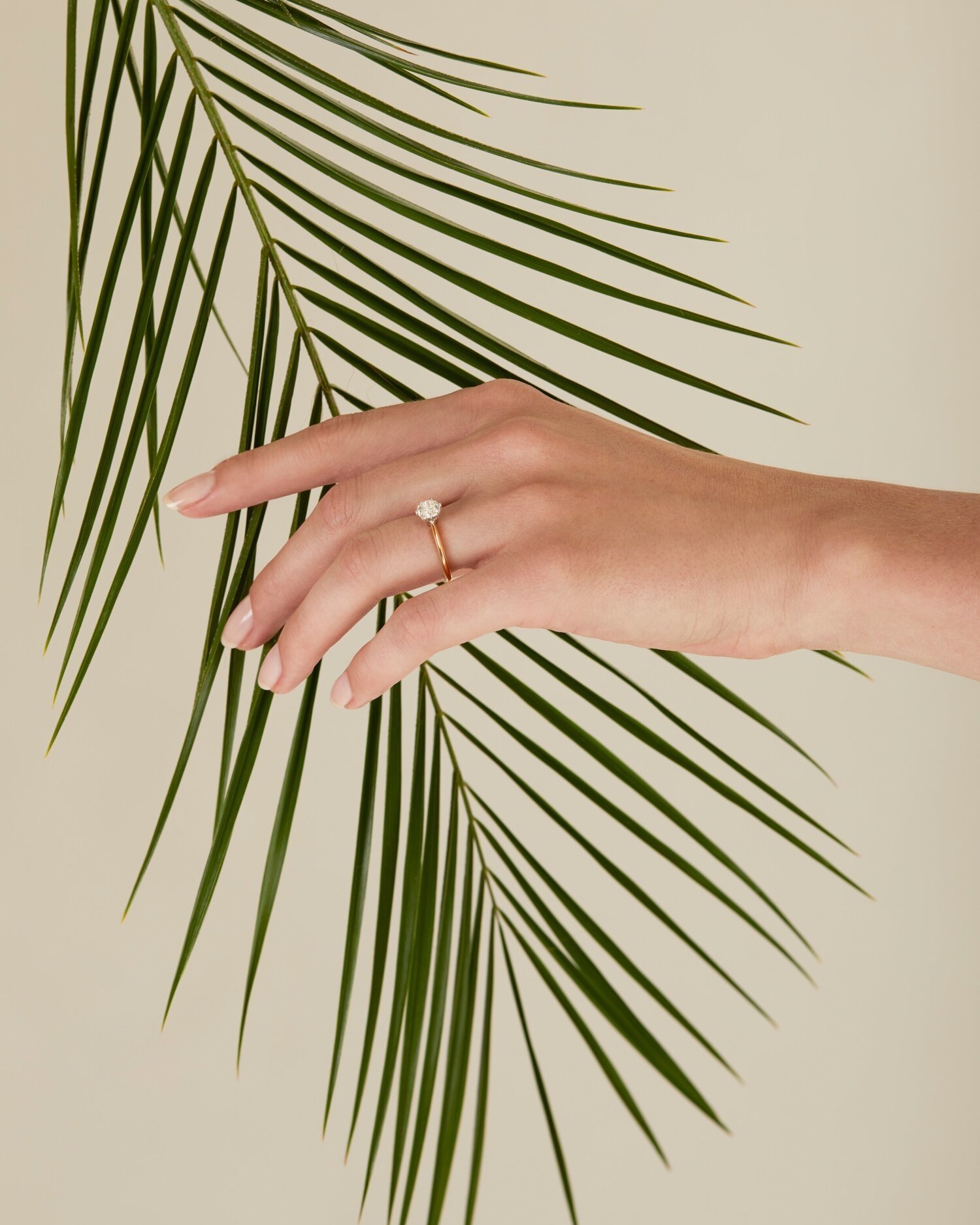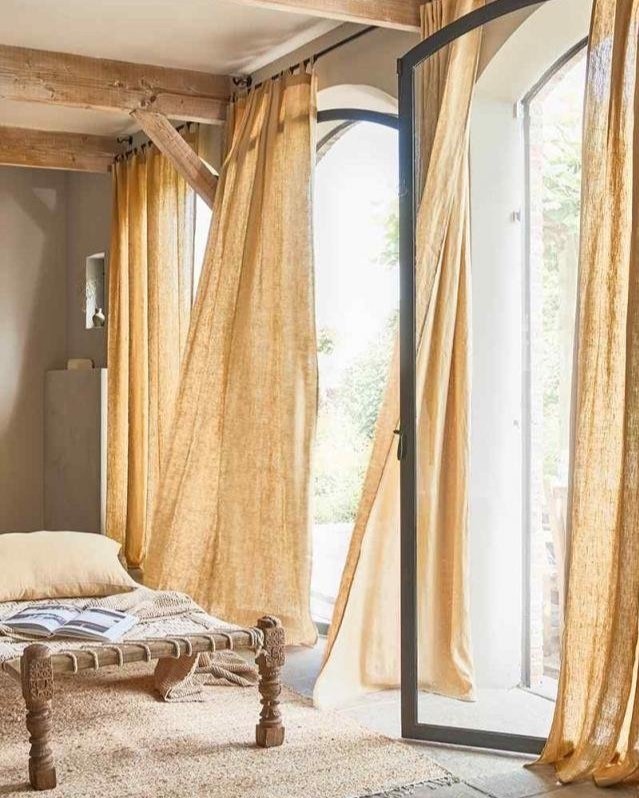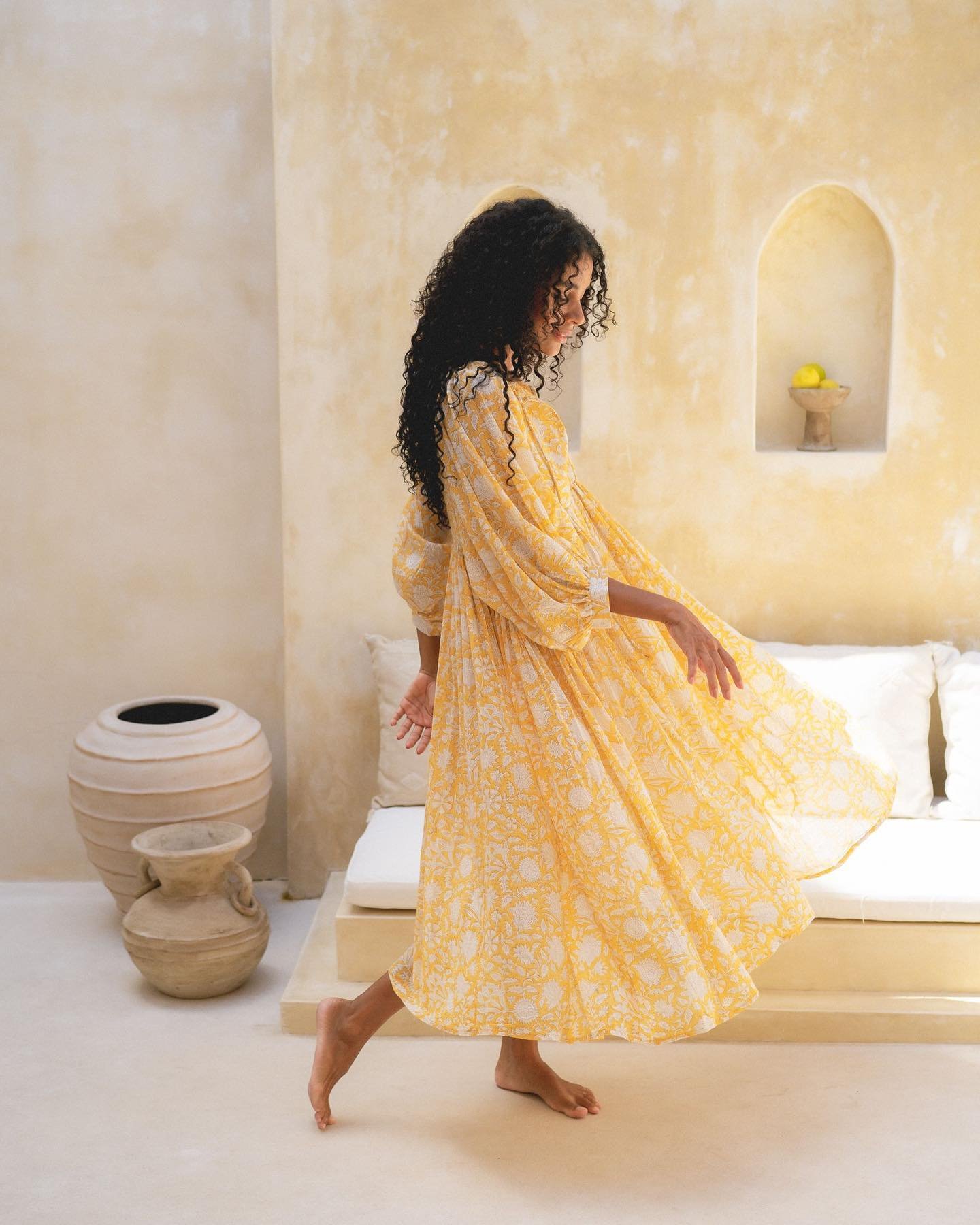Advantages Of Outdoor Weddings
Your wedding day is one of the most significant days of your entire life. Weddings signify new chapters and beginnings, allow you to celebrate these moments with your loved ones, family and friends, and create lasting memories of a truly special occasion to cherish for the rest of your life. Outdoor weddings, in particular, can be particularly exquisite and memorable for a variety of reasons.
Those of you considering an outdoor wedding ceremony and reception may just have a penchant for beautiful weather, natural scenery and other features that indoor weddings cannot always capture. Taking note of this trend, another one has emerged in recent years which is hard to ignore - sustainability.
Why Eco-Friendly, Outdoor Weddings Are Becoming More Popular
More people have become increasingly environmentally conscious over the years, often intertwining sustainable practices into their weddings. As such, outdoor and eco-friendly weddings have gained significant traction, where not only is the environmental impact of a couples’ special day reduced, but this doesn’t have to come at the cost of creating a memorable experience for you and your guests.
It’s hard to ignore - as recent estimates (while hard to predict) suggest that an average wedding amounts to roughly 56 metric tons of carbon dioxide emissions.
So why consider hosting your wedding outdoors and with sustainability in mind? Let’s explore the advantages and why it could prove to be a particularly special occasion if you’re on the fence.
Top Reasons to Have an Outdoor Wedding (that is also sustainable):
Natural Beauty as a Backdrop
One of the most compelling reasons to select an outdoor wedding venue is the breathtaking natural scenery surrounding you. An abundance of natural light, picturesque views and floods of color all combine to create an exceptional, breathtaking backdrop for you on your big day. The natural beauty enhances the overall wedding decor and aesthetic while reducing the need for excessive decorations which could end up as waste.
An outdoor wedding also provides ample opportunities to capture breathtaking images that can be cherished for a lifetime. Using reliable cameras like the Fujifilm X-T4 (a highly recommended professional camera for weddings) will capture the interplay of light and shadow truly present in outdoor settings, along with the subtleties and nuances of the natural scenery which will make every photo in your wedding album glisten and shine.
2. Reduced Energy Usage
Outdoor weddings require far less artificial lighting, heating, and climate control compared to indoor venues, especially if the ceremony is drenched in natural sunshine. During daylight hours, take advantage of this natural illumination and avoid the need to waste energy on spotlights. As the sun sets, transition to LED string lights or lanterns which consume far less energy than standard indoor lighting. Hosting your wedding outdoors also reduces your reliance on air conditioning or heating, the costs of which can quickly pile up. Reducing the need for energy lowers your overall carbon emissions and the footprint of your wedding.
3. Sustainable Decor
Outdoor venues provide numerous possibilities for incorporating decorations and elements that promote environmental responsibility. Potted plants, locally sourced seasonal flowers in repurposed containers, hay bales and chairs made from recycled materials, among others, are just some of the wedding features that are both eco-friendly and charming.
An outdoor space is inherently more versatile, allowing you to get creative with sustainable decor while minimizing waste and adding to the natural beautiful scenery around you. By working with the natural landscape of your chosen location, you can create a one-of-a-kind atmosphere totally at peace with the surrounding environment.
4. Eco-Friendly Wedding Gifts
If your guests are aware of your eco-consciousness, consider asking them for sustainable wedding gifts instead of traditional ones. Moreover, gifting your guests with eco-friendly gifts of their own will also go a long way. Consider gifting them with small potted herbs, locally produced artisanal products or small hand-knitted ornaments as a means of supporting local and eco-conscious businesses while fitting the wedding style. Another thoughtful gesture to consider is making a sizable donation to an environmental charity in your guests’ names instead of asking for traditional favors.
5. Green Transport
Depending on the locality and remoteness of your outdoor venue, you could encourage more sustainable transportation options for your guests. For example, if you’re hosting it in a local public venue, encourage guests to walk, cycle, or use public transport. Alternatively, if your wedding venue is off the beaten track, consider arranging group transport options like shuttle buses, thus reducing the amount of individual cars being used. By encouraging more eco-friendly or communal transport, you’re reducing the amount of overall emissions of your special day.
6. Supporting Sustainable Vendors
An outdoor sustainable wedding often goes hand-in-hand with supporting similarly-minded local vendors. From florists and stationers to bakers and caterers, consider partnering with those who share the same eco-conscious beliefs and incorporate them into their products and services.
For instance, this could involve decorating your outdoor space with local, seasonal flowers in repurposed baskets, orproviding vegetarian or vegan catering (which is inherently better for the environment than serving meat and animal products). It could involve making invitations and placards made from recyclable paper or providing a fully local and vegan wedding cake.
Partnering with the right wedding planner, who has experience in creating sustainable events, is a smart choice.Alternatively, find vendors who align with your values and ensure that the features and elements of your big day support your eco-friendliness goals.
7. Long Lasting Impact and Memories
Arguably the biggest benefit of hosting your sustainable wedding outdoors is the tremendous long-term impact it can have. Choosing eco-friendly options across your ceremony and reception allows you to create a special day that aligns with your beliefs, while providing beautiful memories for you and your guests to cherish forever. With the right choices, you’ll be setting an example of how wedding celebrations can be both joyous and environmentally responsible.
In the long run, your sustainable choices could very well inspire your guests to adopt more eco-friendly practices for their own future weddings or day-to-day lives. The connection with nature fostered by an outdoor wedding can reinforce the importance of environmental stewardship, making your special day a celebration of love as well as the planet we all inhabit.
Don’t settle for unsustainable weddings if they don’t support your passion and enthusiasm for protecting the environment. With sufficient planning and preparation ahead of the big day, you can create an event that capitalizes on the natural beauty of our planet, supports local businesses, encourages sustainability and, most importantly for you, celebrates the next chapter in your life on a healthier planet.
MAKE SURE TO PIN THE PHOTO BELOW TO SAVE THIS POST FOR LATER!
WANT TO FIND MORE SUSTAINABLE BRANDS?
The Brand Directory features hundreds of sustainable brands approved by us!
We have broken everything down by category for easy shopping, along with discount codes unique to Sustainably Chic viewers.





































































































